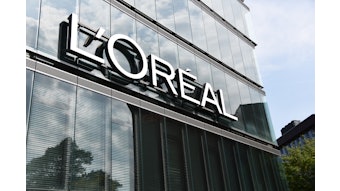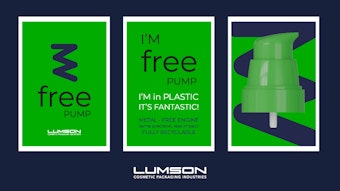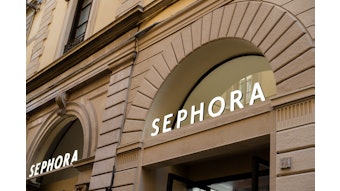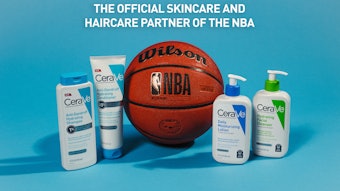In 1988, R.E.M. released the album Green. I, not being as hip as I would have liked everyone to believe, was completely oblivious to college radio. Thinking back, I think I knew that R.E.M. existed, having probably heard their one rock song “hit” that crossed over from college radio to the one major station in Chicago that played music beyond the top 40. (It was “The One I Love,” for those wondering.) But it was the use of the song “Stand” for the theme song of the short-lived 1990 television show Get a Life about a 30-year old paperboy that caused me to seek out Green, the album it was on. (And since I’ve already undermined so much of my pretense of being hip, I might as well completely bury it by noting that the song was written almost as a dare to create something in the vein of songs by The Banana Splits and The Archies—i.e., lame and bubblegummy.)
I didn’t really care for the album, and I don’t think it was my lack of cool that clouded my ears about it. It’s an inconsistent album in tone and theme. Albums don’t have to have a theme, per se, but the good ones hang together—the individual songs join to make a whole. Green—by the assessment of fans, critics and the band itself—is a bit of a mess. On the surface, the title always confused me. It’s called Green and the cover has what looks like leaf patterns on it—but it’s orange. There’s nothing really green about the album, from the content to the packaging. But according to the all-knowing Internet, staring at the orange cover for several seconds and then closing one’s eyes causes a green negative image to appear.
And that’s the problem with “green,” in general. Who’s interpreting what green is or is not? What it should be or shouldn’t be? And how long do you have to stare and how hard do you have to squeeze your eyes shut to see the green? Once again, I feel like I need to put out a disclaimer—I’m not knocking anyone’s brand positioning or label/marketing claims. That said, it’s clear when a word can be interpreted in numerous ways, it has little meaning. The more companies and industries pull meaning from “green” and apply it as needed, the more inconsistent in tone and theme it becomes to consumers. Like the album Green, the term “green” is a bit of a mess—and it’s a mess that has consequences for businesses, covered beautifully by Angela Diesch, associate with Greenberg Traurig, in her “Green Marketing Claims & Labeling” presentation at the 2014 Sustainable Cosmetics Summit held in New York and explored by Neal Marder and Christian E. Dodd previously in GCI. (That article can be found by searching the title "The ‘Reasonable Consumer’s’ View of Green Labels”).
The basic message of both is watch what you claim and how you make that claim. This issue is full of insights on how to make green and all the related claims (natural, organic, sustainable, etc.) that are appropriate to your brand. The basic message: be clear and open to consumers.










